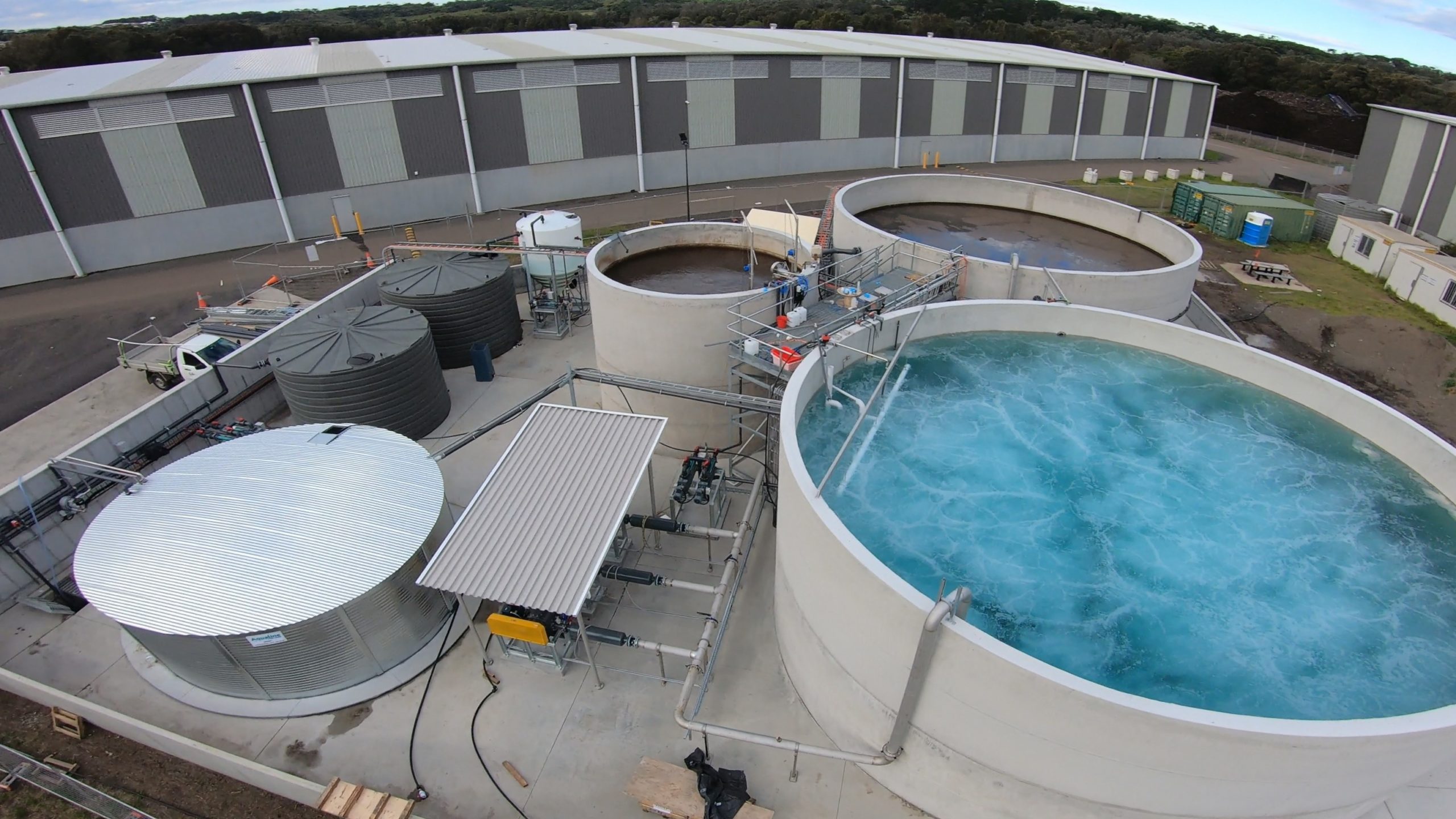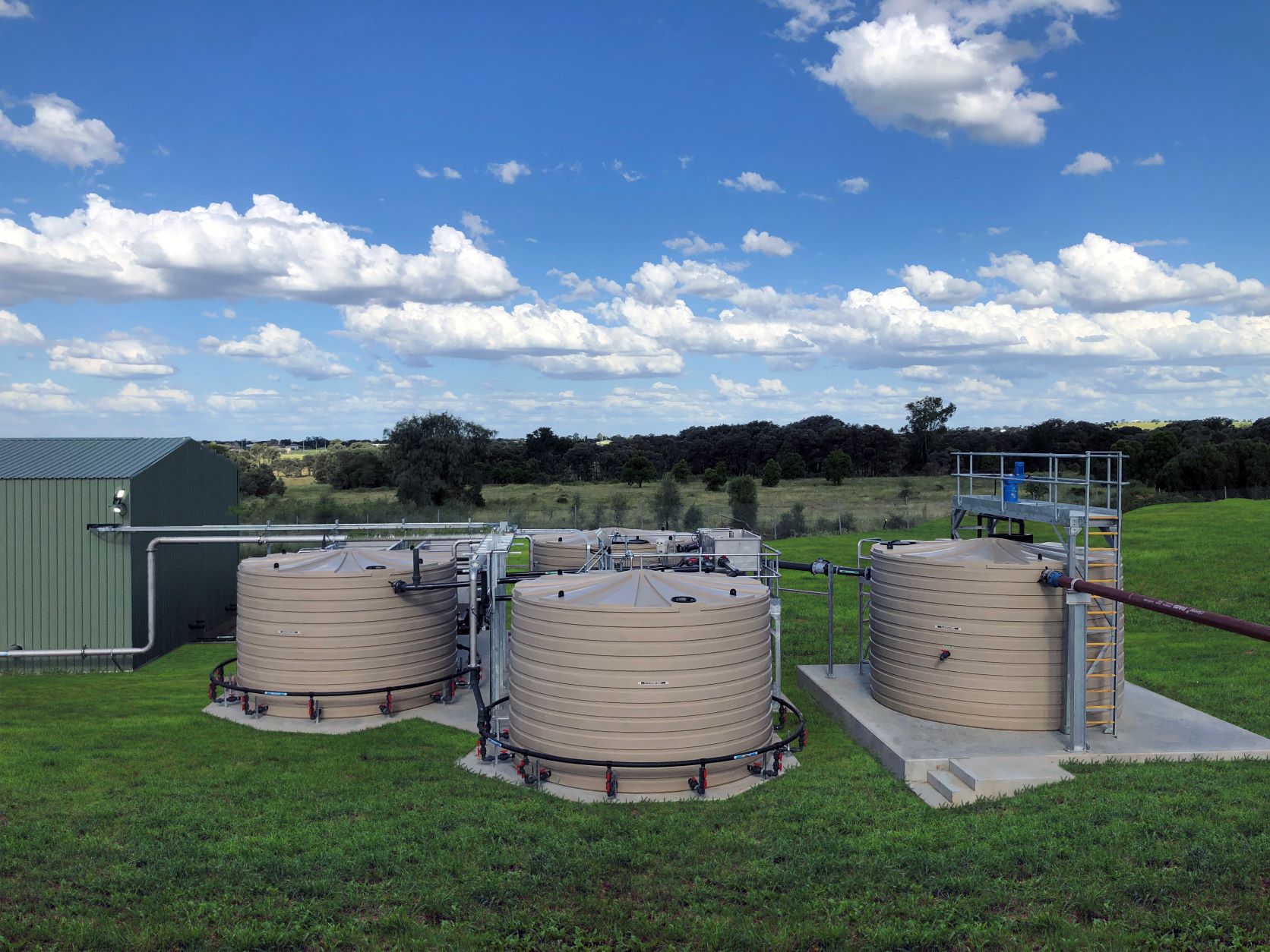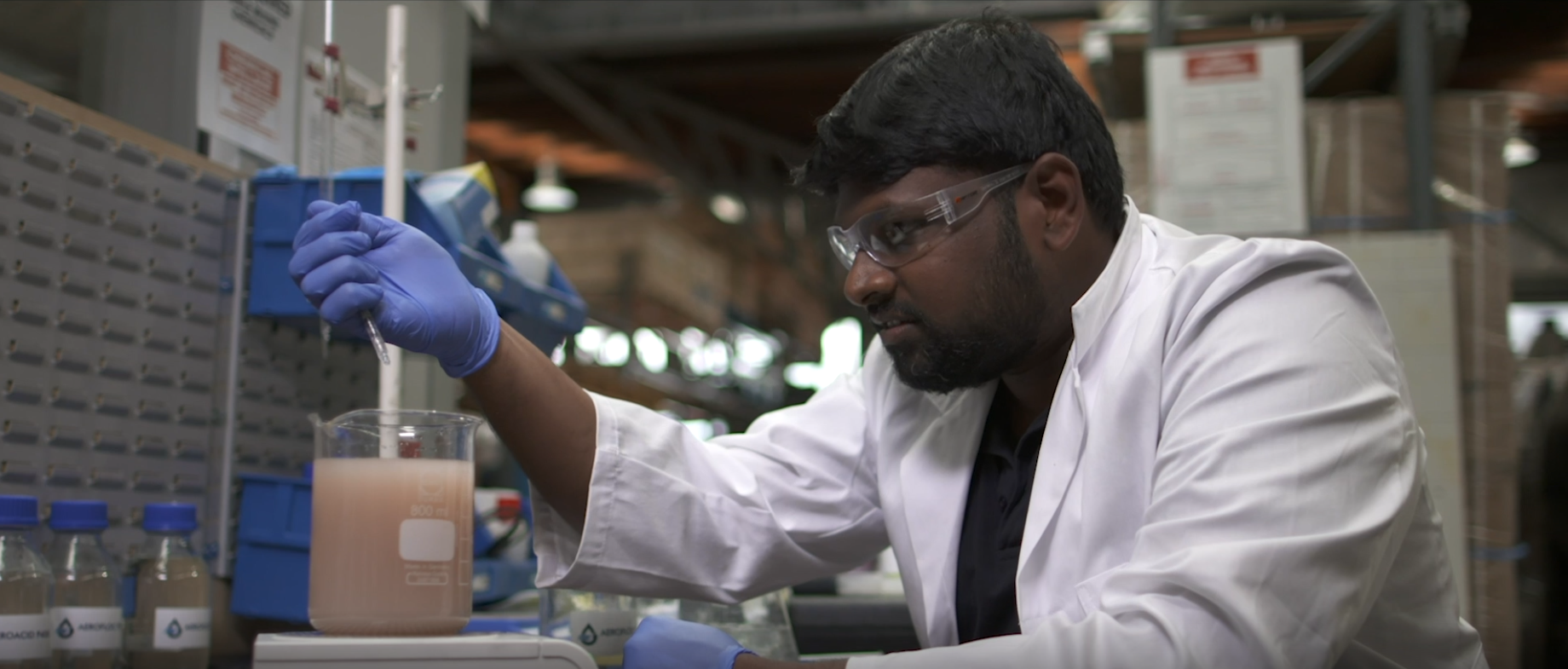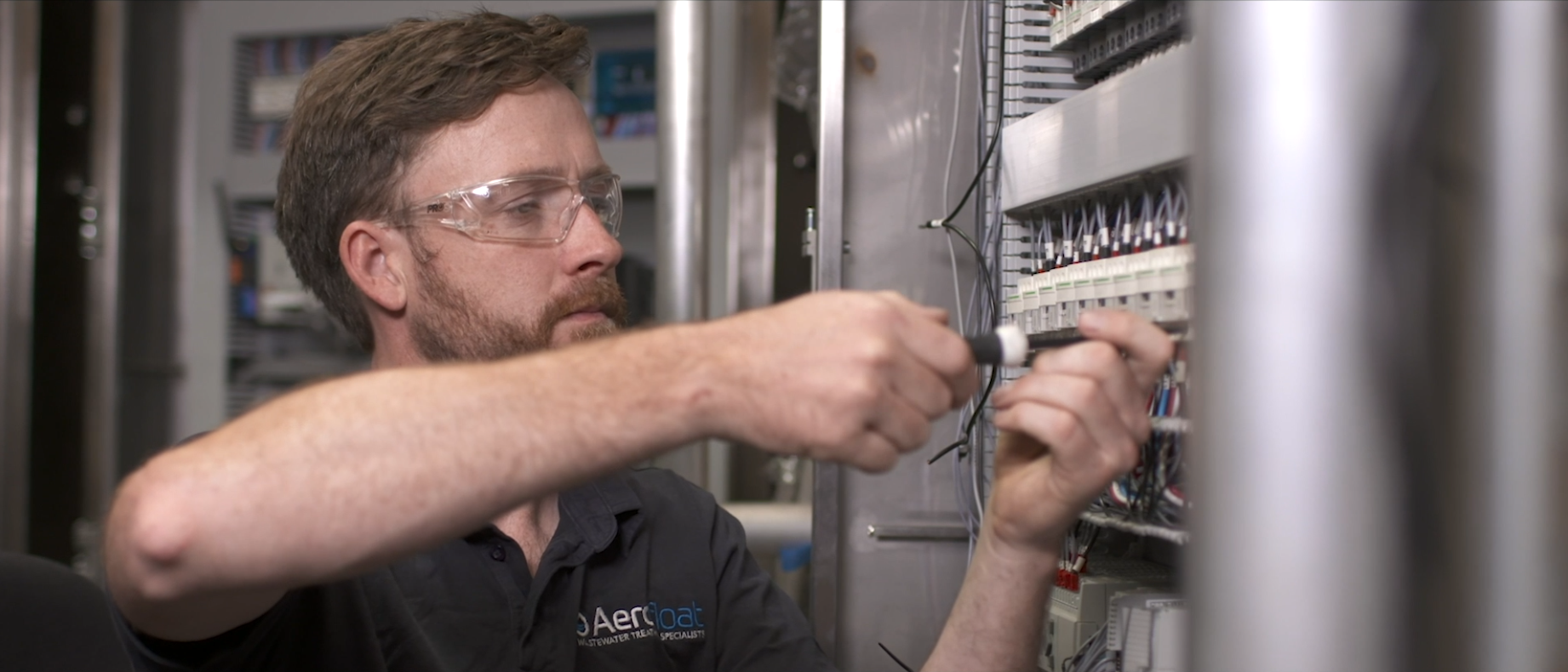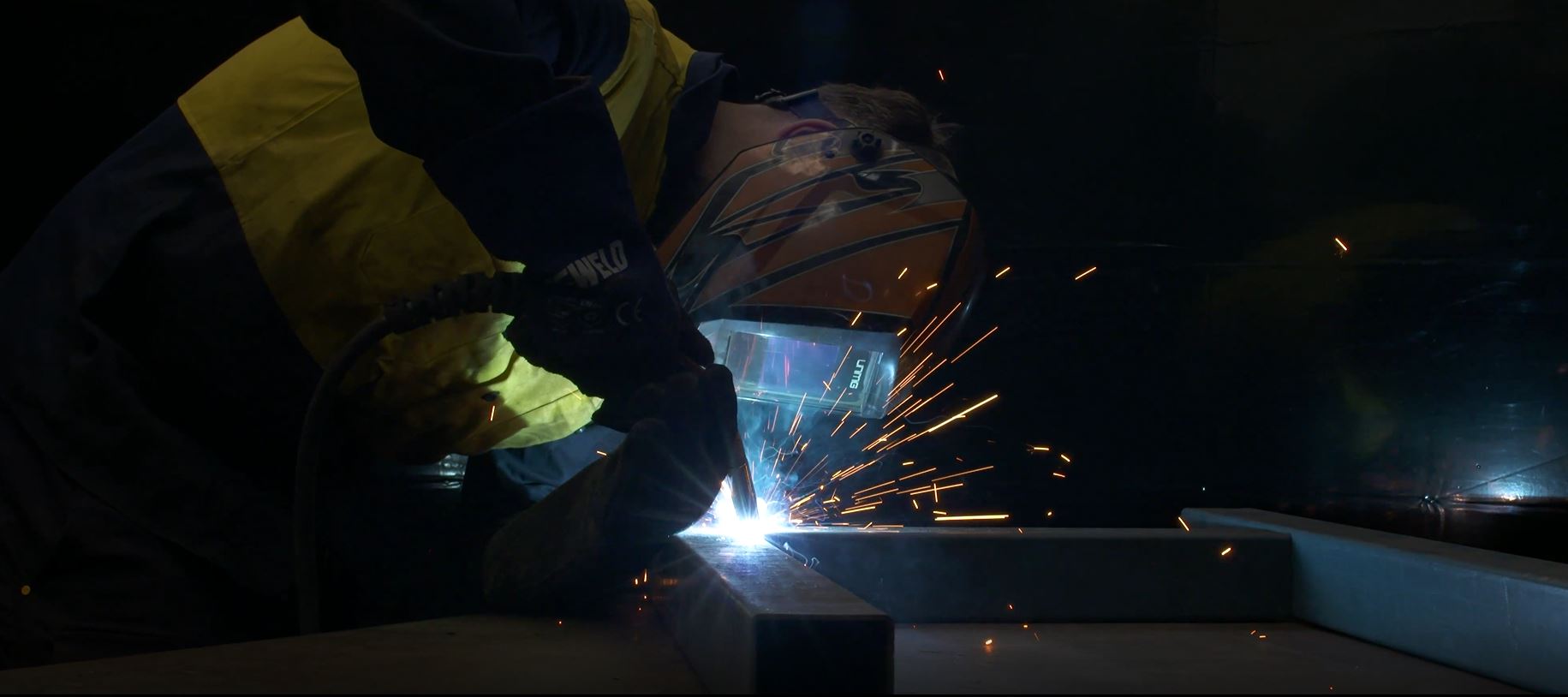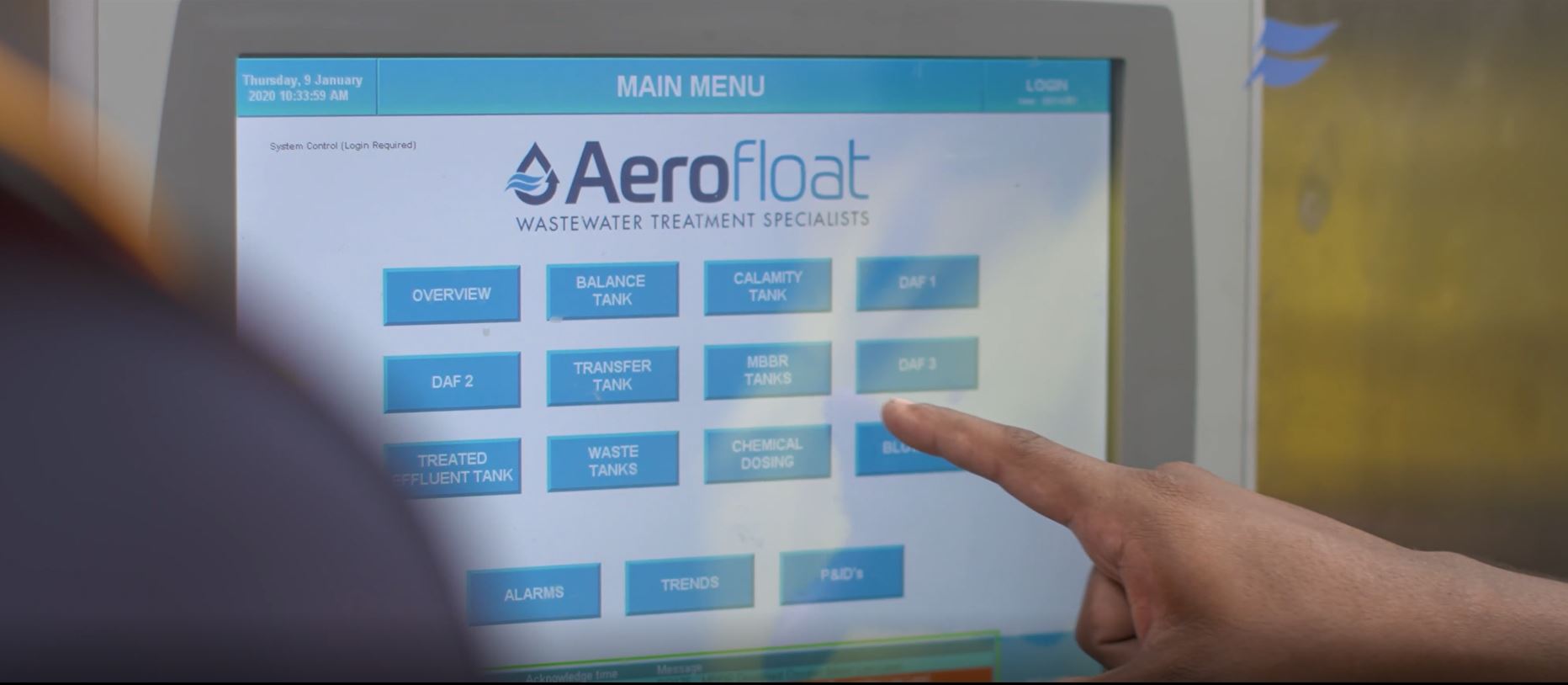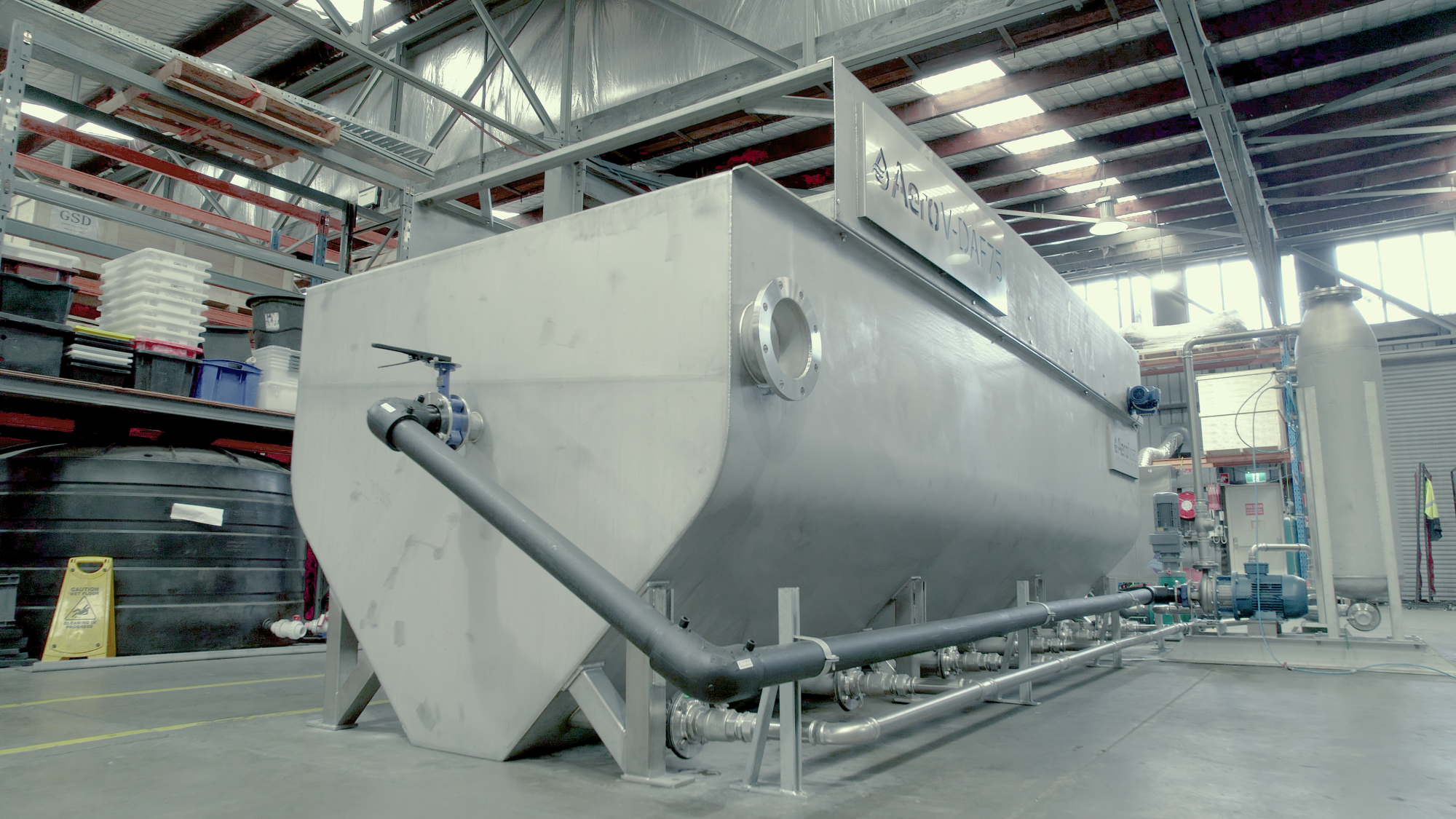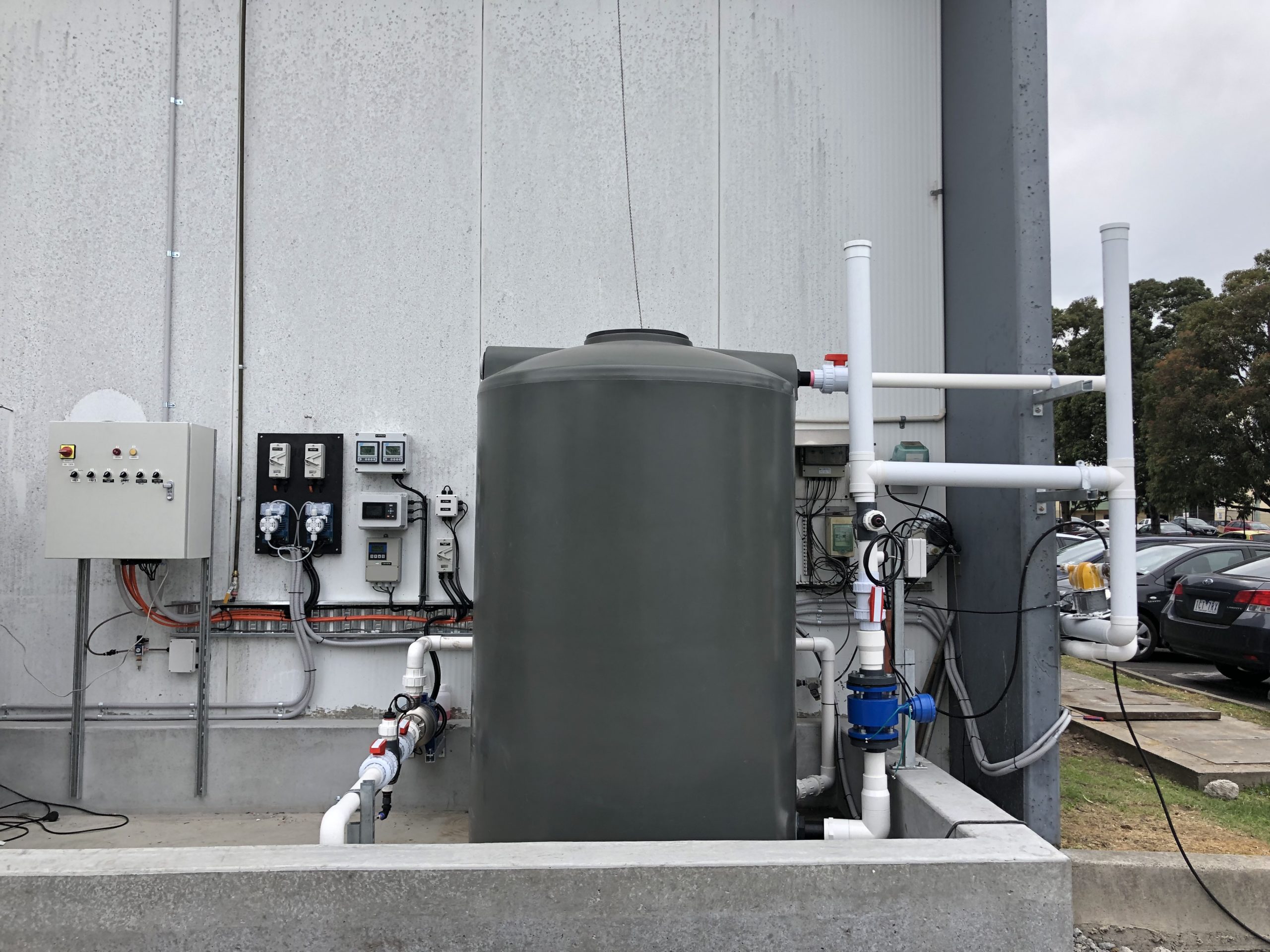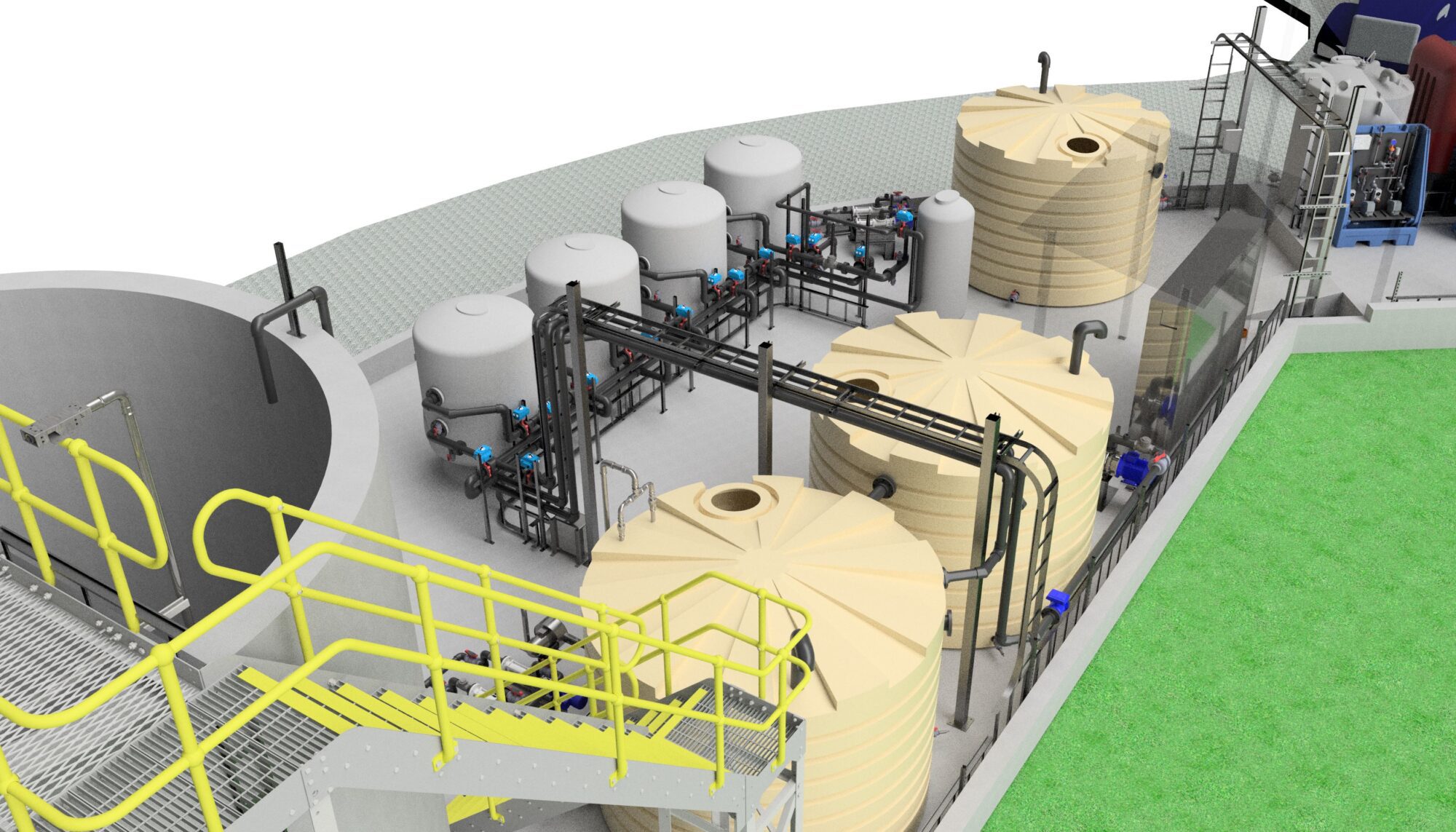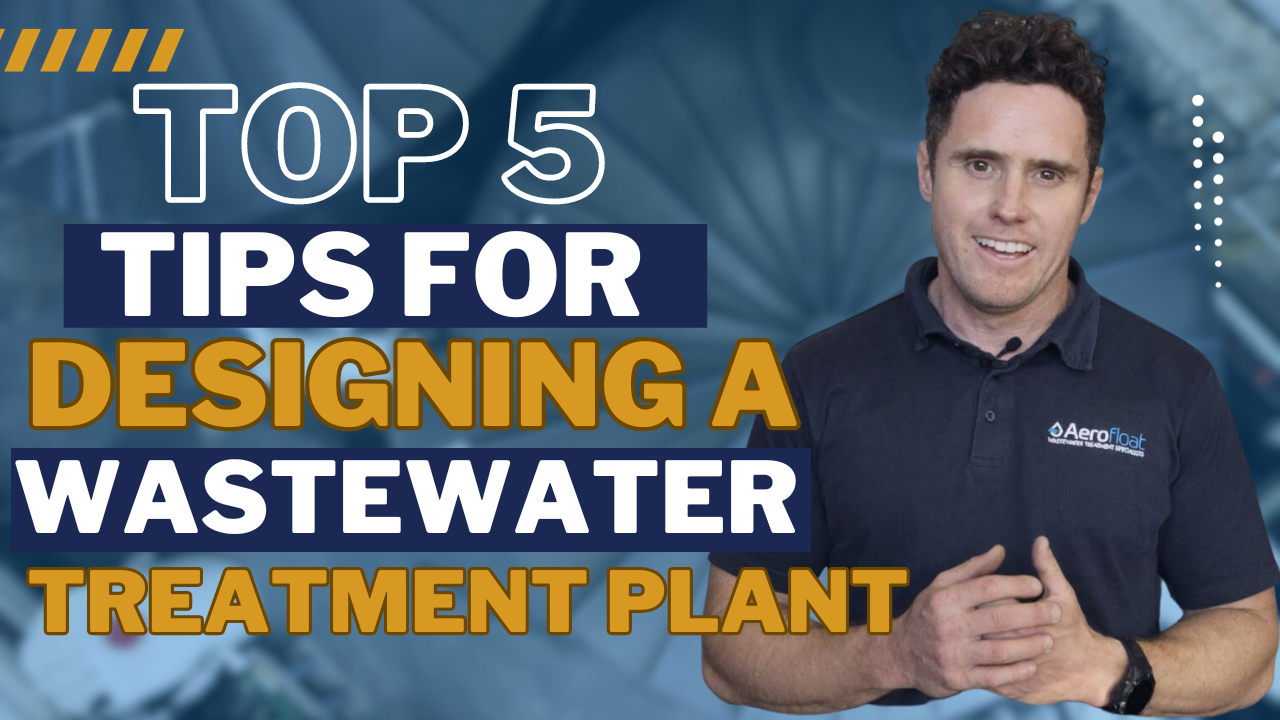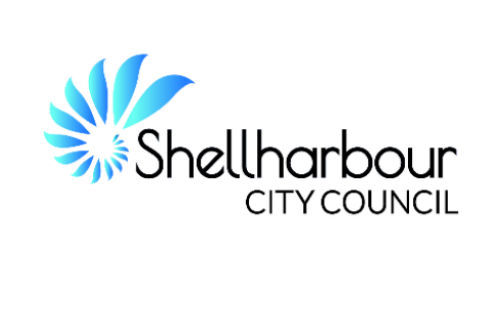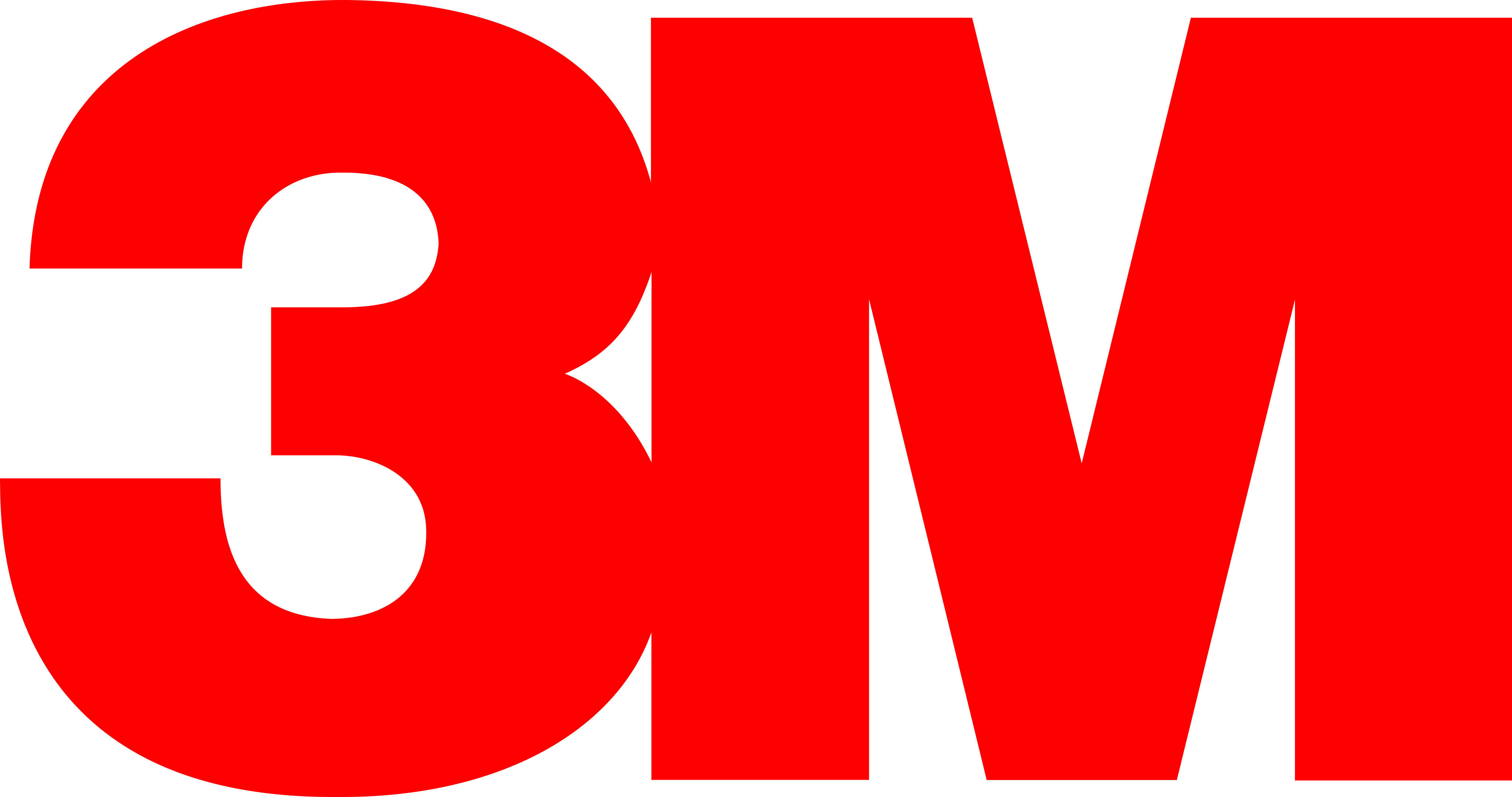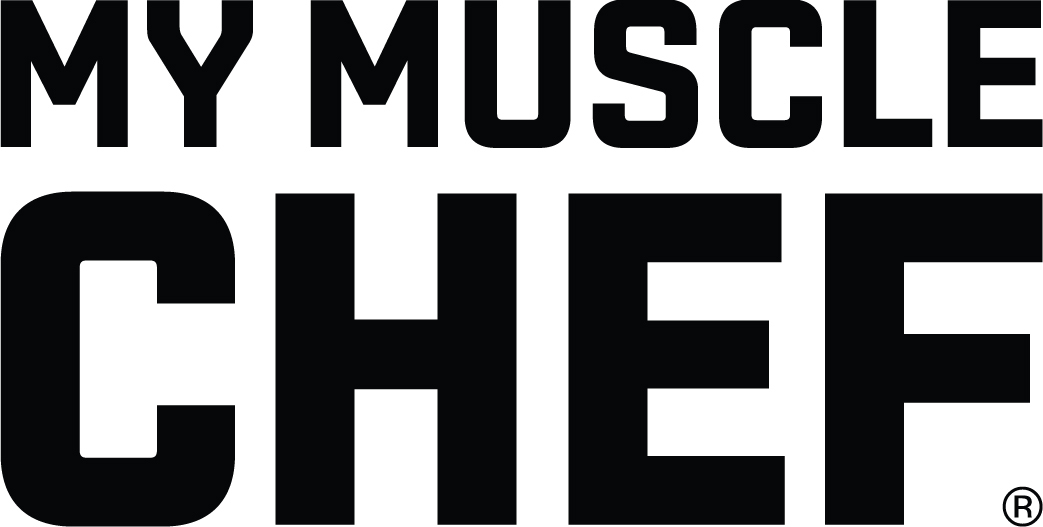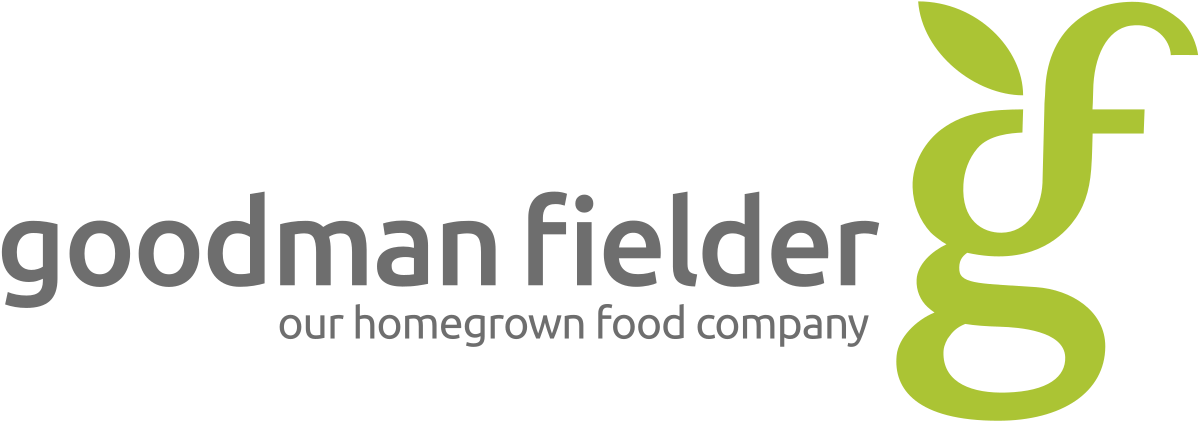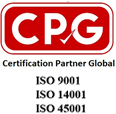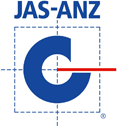It is important that both you and your supplier have a good understanding of the individual needs of your site to ensure sewage treatment solutions that meet your specific needs. Knowing what questions to ask gives you confidence that the resulting technology will ensure a compliant effluent discharge and ongoing sustainable operations.
Here are five key questions that will help you to ensure you are installing sewage treatment solutions that are the right fit for your site:
1. How many people has the sewage treatment plant been designed for? Does it cater for future growth if required?
A sewage treatment plant is an investment that should allow for growth over time. Determining the required number of equivalent persons (known as ‘EP’) that the sewage treatment solutions will cater for, both now and into the future, is imperative to enabling that growth. Ensure your supplier understands what your current and future EP expectations are. Also consider changes in wastewater flow, such as peak periods where wastewater flow is higher, as this will impact the required design.
It’s important that you discuss these expectations with your supplier so that each party understands the ongoing capacity requirements of your site.
2. What effluent quality are you targeting? Does it match your water authority discharge requirements?
It’s critical that your site’s sewage treatment solutions meet – or preferably exceed – council and government regulations for your area.
To make sure that your site is compliant, ensure your supplier offers the expected treated effluent values for:
1. BOD (Biological Oxygen Demand)
2. SS (Suspended Solids)
3. Ammonia Nitrogen
4. Nitrate Nitrogen
5. Faecal Coliforms
6. Total Phosphorus
Check those values against area regulation – a good supplier will do that for you.
3. What are the values used in design calculations?
Typical effluent figures for a sewage treatment plant might be:
- BOD: 50-70 grams per person per day
- Litres of sewage: 150-220 L/person/day
- Ammonia load: 12-15 g/person/day
Your sewage treatment solution should account for the legislated effluent figures for your given area.
4. What type of disinfection are you using?
There are a number of different types of disinfectants that sewage treatment solutions can use. Ask which disinfectant your supplier recommends for use in your plant.
Also discuss what other disinfectant options might be available to you, and ensure you understand the pros and cons of each type to help inform your decision.
5. Has the system been designed to allow for peak flow?
Finally, ask your supplier how the system will handle Peak Daily Weather Flow (PDWF). There are periods through the typical day where wastewater will run through the system in greater quantities, such as the start and end of each day. It’s important that the system is able to handle a PDWF of at least 2x and ideally 4x the Average Daily Weather Flow (ADWF).
For more information on sewage treatment solutions, or to start a conversation about a recommended design for your site and need, contact the engineering team at Aerofloat.
